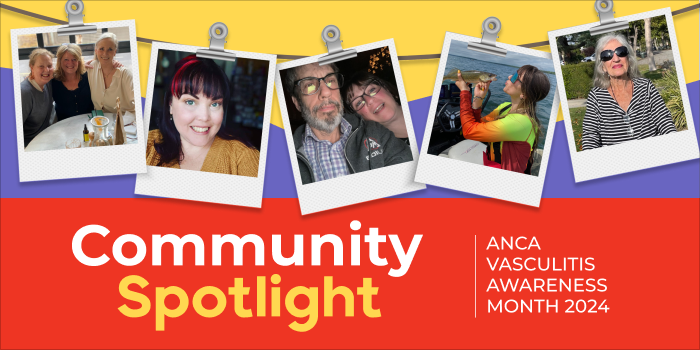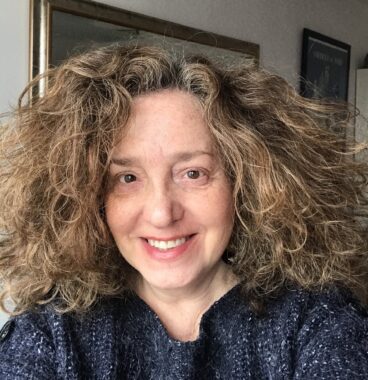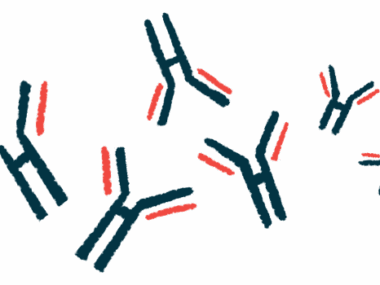A vasculitis diagnosis left me lost in translation, in more ways than one
Written by |


Jennifer Feinson Destours is an American with ANCA vasculitis living in Paris. This photo was taken two years post-diagnosis. (Photos courtesy of Jennifer Feinson Destours)
This is Jennifer Feinson Destours’ story:
My life has often been fantasized, the subject of envy. It sounds great, doesn’t it? An American moves to Paris in the 1980s and never looks back. But the road was tough, for many reasons.
Early on, I was thankful for the French healthcare system, as I formed quite a few ties there due to chronic sinus infections, C. diff infections, thoracic outlet syndrome, Lyme disease, and dermatographism, to name a few. I’ve navigated fairly well, and when I was going through my divorce many years ago, a friend at the time said, “Boy, you are rock solid. So many people would crumble, but you just keep going.”
In the spring and summer of 2022, after months of testing, I received my ANCA vasculitis diagnosis. This wasn’t just a new word to Google late at night and panic about. It was my word, and comprehending the French diagnosis wasn’t just a matter of translating it. I was lost, both in my diagnosis and in translation.
Initially, the disease didn’t impact me beyond my skin and eyes. (I’d spent the better part of a year trying to figure out what was wrong with my eyes, and that obsession led me to ignore a rash, swollen ankles, and tendon issues, which were, of course, early signs of my vasculitis.) When the disease progressed and started affecting my kidneys in the fall of 2022, and the discussions in French got more complicated — involving transplant and dialysis information, just in case — that’s when the crumbling began and fear set in.

The sun shines on a garden at Hôpital Saint-Louis in Paris.
This may be par for the course for most of you vasculitis warriors in the English-speaking world, or any world where your doctors speak your native language. But on top of the intricacies of treatment, I found myself isolated, as French is not my mother tongue, and I had to deal with the disease and treatment on my own. My grown children were just beginning their professional lives, and my partner, whom I don’t live with, had things going on in their own life. I felt, rock solid as I am, that I could deal with this setback on my own, as I’d dealt with everything else life had thrown at me. At a few meetings with doctors, they would ask if anyone was accompanying me, and I’d shrug my shoulders (so very French!) and say, “Just me.”
For the first time in my life, I found myself overwhelmed emotionally — and linguistically. I was exhausted and couldn’t corral the disease in English. The dermatologists, nephrologist, rheumatologist, eye specialists, Sjögren’s specialist, nurses, pharmacist, lab technicians, and biopsy team introduced a constant tangle of verbs and conjugations. It was me and Google against the world. The internet may have its drawbacks, but I am thankful I found the online community that has been holding my virtual hand since 2022!
In recognition of Vasculitis Awareness Month in May, the ANCA Vasculitis Community Spotlight campaign features a series of stories highlighting the real-life experiences of people affected by vasculitis, written in their own words. Follow us on Facebook and Instagram for more stories like this, using the hashtag #ANCASpotlight, or read the full series.




